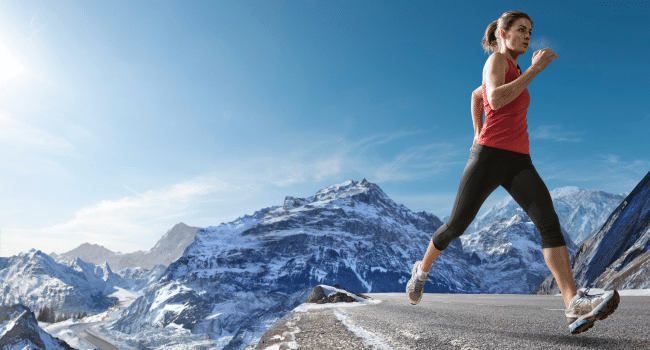Table of Contents
A Secret Weapon in the Mountains
The thin mountain air in Himachal Pradesh is becoming a secret weapon for India’s runners and track-and-field athletes. What began as an ambitious project in the 1980s has evolved into Asia’s most influential high-altitude sports training institution.
Rookie coach Amit Pangal summed it up after a month-long training camp in Shillaru: “This is a very good place and should be used more often by top players, because the weather was favorable and nobody got injured.”
The Science Behind the Success
The Netaji Subhas High-Altitude Training Centre, located 8,000 feet above sea level, pushes athletes to work hard with less oxygen in their bodies. This isn’t just theory — the results speak for themselves.
India’s performance at the Paris 2024 Paralympic Games proves what high-quality training can achieve. The country won a record 29 medals — an impressive feat. Athletes like Sumit Antill defended his javelin throw title with a Paralympic record of 70.59m, while Preti Pal became the first Indian woman to win two medals at the same Games.
More Than Just Fresh Air
The 78-acre complex in Shillaru has it all: a 400-meter synthetic track, a hockey field, an astropark, and two multi-purpose indoor training facilities. The center can accommodate up to 250 athletes in dormitories equipped with new medical technology.
But the real advantage isn’t just the altitude — it’s the environment. Even in summer, with temperatures around 20°C, athletes can train without extreme heat, preventing negative effects from gym workouts on the body.
“You can go out and train at any time of the day,” says Manju, a national surfing athlete who recently trained at the center.
Growing Recognition from Sports Organizations
The Athletics Federation of India (AFI) has its eyes on this complex. AFI President Adille Sumariwalla recently explained that avoiding training camps in faraway places allows athletes to train closer to home before competing internationally.
This shift in thinking comes at a critical time. The challenge of preparing athletes at the highest level will grow, as India aims to be among the top five nations at the next Paralympic Games.
The main goal is to identify local talent and provide a platform for national-level athletes to prepare for international competitions.
Global Context
Himachal Pradesh’s climate is similar to that of many European regions where international competitions are held. This similarity gives Indian athletes more opportunities to adapt before competing abroad.
Rajesh Bhandari, Training Director of the Boxing Federation of India, noted: “The climate here is the same as in Europe.”
This isn’t just theory. The Sports Authority of India (SAI) organizes 72-day training camps for middle- and long-distance athletes to increase their tolerance to high-altitude conditions.
Beyond Traditional Training
Success is driving expansion plans. There are proposals for another high-altitude training center in Dharamshala, and the world’s first high-altitude center specializing in Paralympic sports — covering 29 adapted disciplines — is set to be built in Ladakh.
These developments reflect a broader understanding of what intensive training can deliver. Athletes have reported faster recovery, improved mental performance, and greater heat tolerance after returning to sea level.
Local Authorities’ Role
For Himachal Pradesh, this surge in sports attention is a huge opportunity. The state is establishing itself as an annual training destination, not just a tourist spot.
Ankush Katoh, head of the Shillaru center, told local media: “We encourage residents to use the center so that visiting players can evaluate the quality of the equipment.”
The results are visible. Local athletes have organized internal competitions at the facilities, which remain open year-round — except in winter.
Looking Ahead
Times are changing. As India’s 2025 sports calendar includes 23 major events — including the debut of the continental-level bronze-tier Indian Open Athletics — demand for top-quality facilities is rising.
For those who want to follow and analyze sports events in detail, platforms like db bet tz offer in-depth information on India’s growing sports scene.
A Bigger Picture
What is happening in Himachal Pradesh is not just a regional development — it’s a shift in how environmental factors are understood as a key part of athletic performance.
As international competition intensifies and margins of victory shrink, the benefits of high-altitude training become more obvious. India’s Paralympic success, built on these mountain training camps, proves the method works.
The combination of environmental advantages, new equipment, and growing support from the sports sector will make Himachal Pradesh a coveted destination for top athletes.
For now, the secret remains a secret — but more and more athletes know how Himachal Pradesh’s thin air can influence their careers. And next year, the region will see even more activity.
